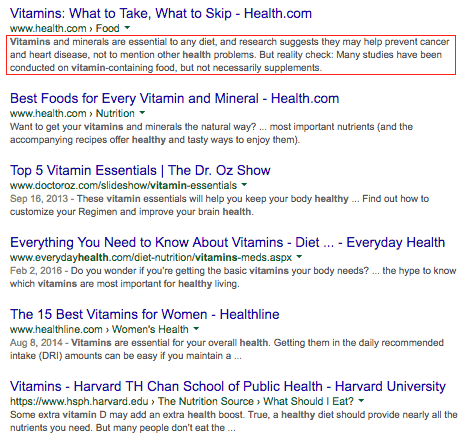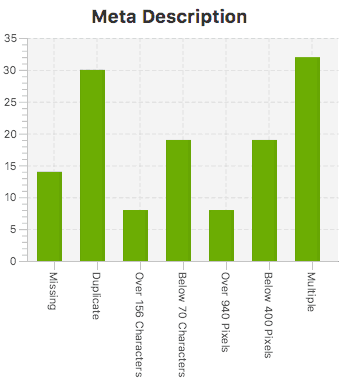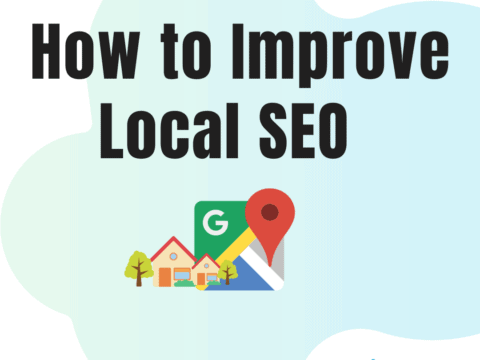
You heard about SEO couple of weeks ago from online articles, in-house marketer or startup event. The industry itself is extremely rich with concepts like PPC, analytics, mobile and local. In fact, the list is endless. Twinword introduces the first part of the SEO jargon book catered towards content marketers. Take a look at the essential jargon for fundamental understanding of on-page SEO.
LSI Keywords
Latent Semantic Indexing keywords are highly related keyword phrases to the searched item. For example, LSI keywords to the term “healthy vitamins” generated by Twinword Ideas are the following:
- children’s vitamins
- sports nutrition supplements
- best daily vitamins
- online supplement store
- what vitamins should I take daily
- list of vitamins
- liquid vitamins and minerals
In case you planned to use only one keyword multiple times in the blog post, now you have a chance to search for multiple variations of the same phrase. In other words diversify your copy to increase chances of ranking high by helping Google understand the content better.
Meta Description
This type of tag let users identify the page content and for some of them even determine “to click or not”. In other words, you have encountered millions of meta descriptions, like this in the red box:

It is important for SEO purposes to optimize content inside meta description tag, that can not exceed 160 characters. The first reason is related to click through rate. You can deliver valuable content, but if your meta description is too boring and generic, you risk loosing your potential users. Instead come up with exciting meta description, which inspires SERP browsers to click and read further.
Curious about your homepage meta descriptions? Screaming Frog is a free tool that generates reports in seconds on titles, image alts and meta descriptions status.

Before you change every single meta description on your page, refer to this information on unique meta description from Search Engine Land. Only pages you determine as highly significant for SEO can be optimized, while the rest will be auto-filled by Google.
Call to Action
Let’s stop for a second and think about why marketers do SEO in the first place? Is it for traffic and ranking? Then what traffic and ranking are for? The ultimate goal is to lead users through the channel and observe them taking the desired action. The more visible and clear call to action you provide, the easier it is for customers to convert. So call to action encourage specific actions like
- “Sign Up Now”
- “Buy It”
- “Try Now”
There is a whole philosophy and science behind your CTA buttons, since it involves the right text, position and of course, color. Take a look at Hubspot’s
Keyword Stuffing
Final word in jargon diary is “keyword stuffing”. Apart from essential pro-SEO terms mentioned above, this one is something you would want to avoid. SEO beginners dealing with blog optimization for the first time have inevitable dilemmas of how, when and where to put keywords in the blog. Main rule is not to keyword stuff. In other words avoid the repetition of the same keyword phrase over and over again.
Read More: How to Avoid Keyword Stuffing?
So do make smart choices and wise decisions while optimizing your content. Leave us a comment below with words that you believe need more attention especially for SEO rookies.



